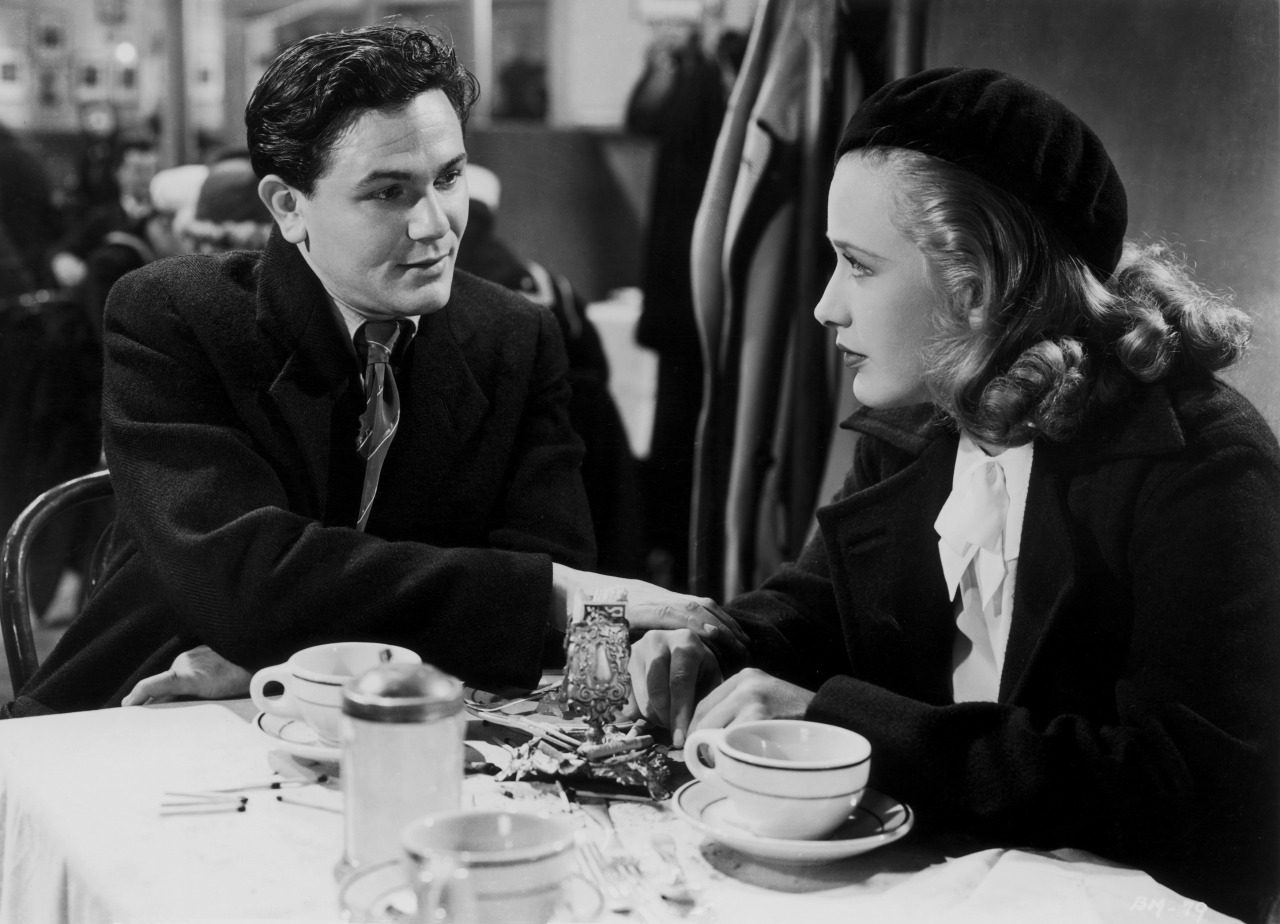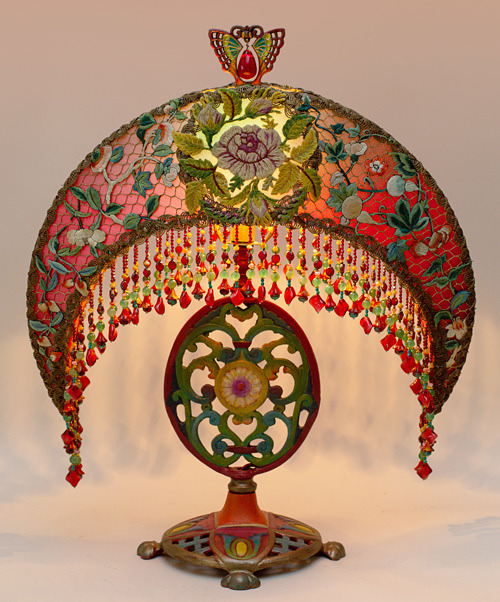The Golden Boy, John Garfield By Susan King

Stanley Kowalski in Tennessee Williams’ A Streetcar Named Desire was Marlon Brando’s signature role. It made the then 23-year-old Brando an overnight Broadway sensation in 1947, and he electrified movie audiences and earned his first Oscar nomination for the classic 1951 film version. But he wasn’t the first choice to play Blanche’s earthy brother-in-law. Producer Irene Selznick had her eyes on Hollywood star John Garfield, who frequently took time out from movies to return to the Great White Way for limited runs.
In fact, writer John Lahr reported in 2014 that on July 19, 1947, Selznick drew up a contract for the 34-year-old actor, “one of the few sexy Hollywood stars with a proletarian pedigree. The Selznick office leaked the big news to the press. The contract was never signed. On August 18 the deal with Garfield collapsed.”
One of the reasons bandied about was that Garfield turned down the role because the contract would have kept him away from Hollywood for too long. Though Brando is considered the performer who ushered in the more naturalistic style of acting (known as “the Method”) both on stage and in film, truth be told it was Garfield who was the catalyst for Brando, as well as Montgomery Clift, Paul Newman, James Dean and Steve McQueen.
Just look at Garfield’s first feature film, FOUR DAUGHTERS (’38). Directed by Michael Curtiz, the cast includes Lane sisters Lola, Rosemary and Priscilla, in addition to Gale Page as the four musically inclined daughters of a widower music professor (Claude Rains). Enter handsome boy-next-door Jeffrey Lynn as a budding composer named Felix who endears himself with all the daughters, especially peppy Ann (Priscilla Lane).

The household is put in an uproar with the arrival of Garfield’s Mickey Borden, the original rebel anti-hero. Unkempt, slovenly and possessing a massive chip on his shoulder, Mickey is an orchestrator who has arrived at the house to work with Felix. You can’t keep your eyes off him especially in this early monologue where he explains his anger to Ann:
“They’ve been at me now nearly a quarter of a century. No let-up. First, they said, ‘Let him do without parents. He’ll get along.’ Then they decided, ‘He doesn’t need education. That’s for sissies.’ Then right at the beginning, they tossed a coin, ‘Heads he’s poor, tail’s he’s rich.’ So, they tossed a coin…with two heads. Then for the finale, they got together on talent. ‘Sure, they said, let him have talent. Not enough to let him do anything on this own, anything good or great Just enough to let him help people. It’s all he deserves.’”
There was a sexuality and eroticism to Garfield’s performance that was 180 degrees different from Lynn’s durable and safe leading man. He was so natural; it was almost like someone found Garfield walking down the street in the Bronx and asked him to star in the movie. “He was the prototypical Depression rebellion youth,” actor Norman Lloyd told me about Garfield for the L.A. Times in 2003. They first met in 1937 and worked together on Garfield’s final film HE RAN ALL THE WAY (’51).
“He combined all of these elements of darkness and rebelliousness with the charm and the poignancy and he became the prototypical actor of that time. He never changed as a person. He remained just as a wonderful guy. He was a man of great charm, a good fellow, very likable.”

There was a lot of Mickey in Garfield, who was born Jacob Julius Garfinkle in 1913 on the Lower East Side of New York to poor Russian immigrants. Julie, as he was called, had a rough and tumble upbringing. His mother died when he was seven. “He hated his father,” his daughter Julie Garfield noted in 2003. “His father was awful to him. He was torn away from his brother.” In fact, Garfield once said that if he hadn’t become an actor, he would have been “Public Enemy No. 1.”
Unlike Mickey, the fates and destiny were looking after him. First, it was educator Angelo Patri, who became a surrogate dad to Julie at P.S. 45, a high school for troubled students. With Patri’s encouragement, he joined the debate team where he discovered he had a gift for acting. That was further nurtured when he received a scholarship to Maria Ouspenskaya’s acting school. He was all of 18 when he made his Broadway debut in 1932 in Lost Boy and became the youngest member of the progressive and influential Group Theatre, appearing in Clifford Odets’ early masterpieces Waiting for Lefty and Awake and Sing.
Odets wrote the play Golden Boy for Garfield in 1937, but director Harold Clurman decided to give the lead role of boxer Joe Bonaparte to Luther Adler and cast Garfield in a minor role. His unhappiness with Clurman’s decision pushed Garfield into signing a contract with Warner Bros. And FOUR DAUGHTERS made him an overnight sensation. He earned a Supporting Actor Oscar nomination, but lost to Walter Brennan who picked up his second Academy Award in that category for Kentucky (‘38).

The following year, Garfield, Rains, the Lane siblings, Page and Curtiz reunited for DAUGHTERS COURAGEOUS, in which the actors played different characters from the prior film. It was probably the best film Garfield made that year. But Warner Brothers put him in a lot of movies that were unworthy of his talent including BLACKWELL’S ISLAND (’39) where he was typecast as a gangster. He made some good movies in 1941, including THE SEA WOLF, which also starred Edward G. Robinson and Ida Lupino and reunited him with Curtiz, and also Anatole Litvak’s atmospheric noir OUT OF THE FOG also with Lupino.
Because he suffered heart damage from scarlet fever, Garfield couldn’t serve during World War II. But he entertained the troops on USO tours and opened the famous Hollywood Canteen with Bette Davis so the troops could be entertained and be served by some of Hollywood’s biggest stars. Both Davis and Garfield appeared as themselves in the hit 1944 film HOLLYWOOD CANTEEN. Garfield also fought the global conflict on screen, giving one of his strongest and grittiest performances in PRIDE OF THE MARINES (’45), a poignant drama based on the life Al Schmid who was blinded by a grenade during the Battle of Guadalcanal. He returns home to his wife (Eleanor Powell) a bitter, doubting man who has a difficult time trying to deal with his new life.
The year 1946 saw the release of two of Garfield’s most enjoyable films HUMORESQUE and THE POSTMAN ALWAYS RINGS TWICE. HUMORESQUE was his last film under his Warner Bros. contract. It’s a delicious melodramatic wallow with Garfield playing a poor New York kid who becomes a famous concert violinist. Joan Crawford, coming off her Oscar-winning triumph in Mildred Pierce (’45), plays a wealthy patroness who sets her sights on Garfield. Garfield went to MGM for POSTMAN, which was based on James M. Cain’s best-selling thriller. Garfield turns up the heat with Lana Turner as illicit lovers who brutally murder her husband only to turn on each other when they are caught.

The actor teamed up with Bob Roberts to form an independent production company, Enterprise Productions, and their first feature was the boxing classic BODY AND SOUL (’47), for which he earned his second Oscar nomination as Charley Davis, a boxer who loses his way when he gets involved with an unscrupulous promoter. Not only does he have a strong chemistry with leading lady Lilli Palmer, but also African American actor Canada Lee as Ben, a boxer with brain damage. And Garfield gets to utter one of his greatest lines in BODY AND SOUL: “What are you going to do? Kill me? Everybody dies.”
Though his next Enterprise production wasn’t a hit, FORCE OF EVIL (’48), co-written and directed by Abraham Polonsky, is a terrific film noir with a hard-hitting Garfield as a corrupt attorney trying to save his numbers-racket brother (Thomas Gomez) from his gangster boss. Garfield returned to Warner Bros. and Curtiz in 1950 for THE BREAKING POINT, which was based on Hemingway’s 1937 novel, To Have and Have Not. It’s an outstanding film noir with a superb performance from Garfield as well as from Black actor Juano Hernandez who plays his partner on the fishing boat.
THE BREAKING POINT was Garfield’s penultimate film and was not a hit because The Blacklist was engulfing Hollywood and the actor, despite the fact he wasn’t a Communist. His film career was over in 1951 when he refused to cooperate with HUAC at his hearing. Before his death of a heart attack in 1952 at the age of 39, Garfield did appear in a short-lived Broadway revival of Golden Boy, which also starred Lee J. Cobb, a young Jack Klugman and Joseph Wiseman.
Though she was only 6 ½ when he died, Julie Garfield recalls seeing her father on stage in Golden Boy where he introduced her during the curtain call. “When he smiled at you it was like being in the sun,” she noted. “He was funny and sometimes he would like to dance and kick up his legs. I remember him adoring me. He used to take me to the merry-go-round a lot in New York. He was so strong, so handsome and he loved to kid me. He would give me this mischievous smile. I wish I remembered more about him…”


 mothermishy
mothermishy






